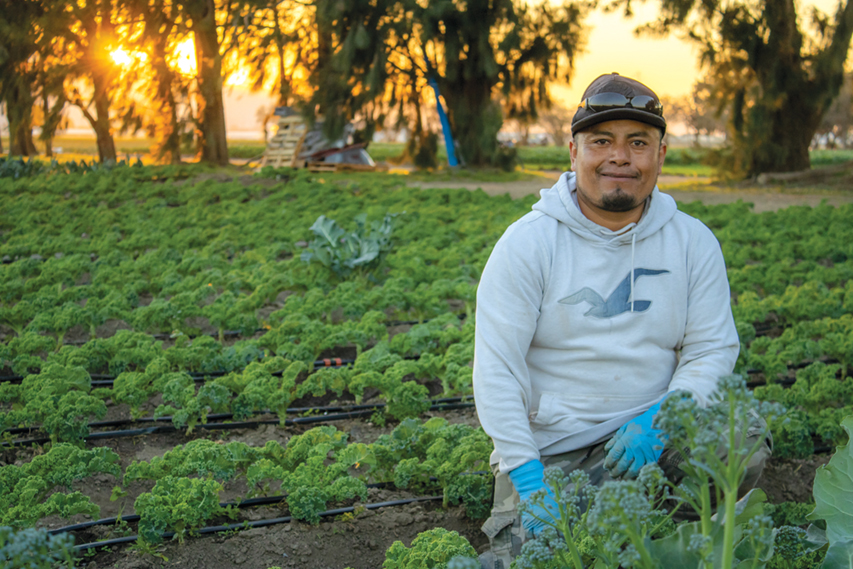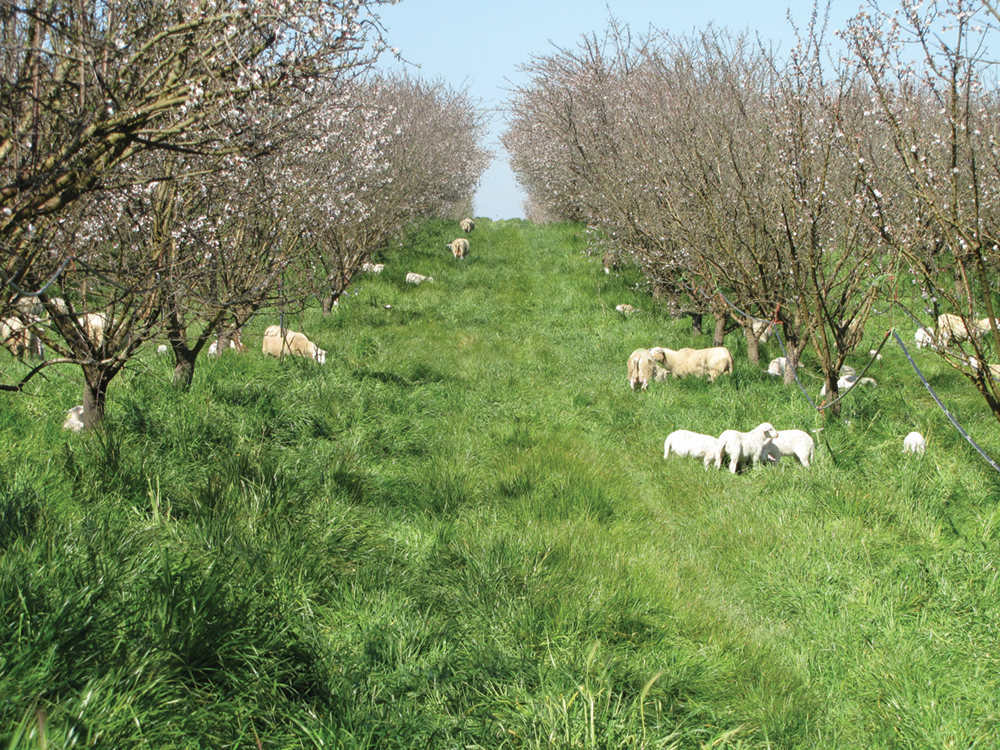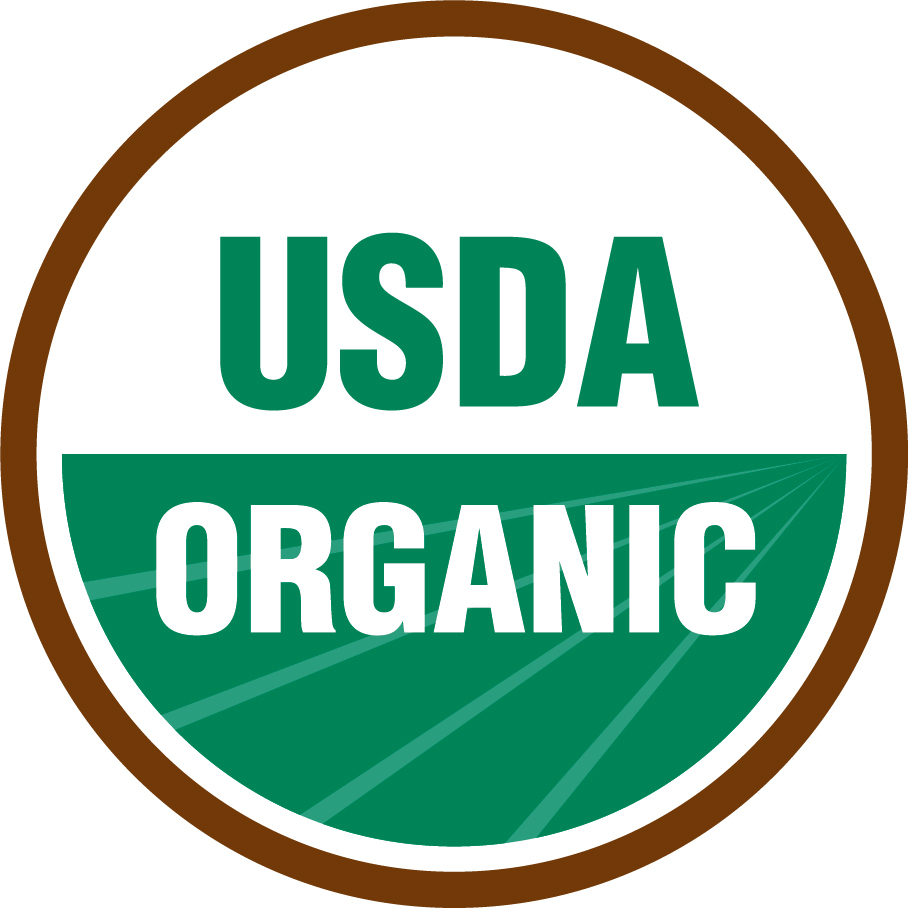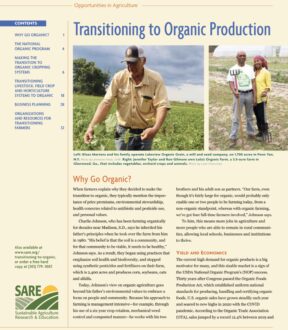In brief, the history of organic agriculture in the United States can be traced to traditional agricultural systems in India and their emphasis on maintaining soil health through the use of compost, green manures and deep-rooted crops. These systems were studied by the British scientist Sir Albert Howard, and the principles and practices were first popularized in the United States by the publisher J.I. Rodale, who began advocating for “non-chemical” farming methods in the 1940s and who used the term “organic” to describe such systems.

By the 1970s, increased environmental awareness and consumer demand fueled the growth of the organic industry, but the earliest certification programs were decentralized and resulted in confusion about what the organic claim actually meant from one region to another. In response, the U.S. Congress passed the Organic Foods Production Act (OFPA) in 1990 to develop a national standard for organic food and fiber production. This eventually resulted in the establishment of the National Organic Program (NOP) and the set of standards that farmers, ranchers and others in the food industry must meet today in order to receive organic certification. (See the box “Requirements for Organic Certification.”)
The broad definition of organic, according to the USDA, is “a production system that is managed to respond to site-specific conditions by integrating cultural, biological and mechanical practices that foster cycling of resources, promote ecological balance and conserve biodiversity.” Organic practices are intended to improve water quality, conserve soil and water, reduce the use of off-farm inputs, maintain ecological balance, and promote the health and welfare of livestock.
Primary practices used on organic farms include:
- Crop rotation, biological control and other integrated techniques to manage fertility, weeds, insects and diseases
- Planting cover crops between cash crops and using intercropping practices to protect soil, build organic matter and recover nutrients that could otherwise leach into the subsoil and groundwater. Cover crops also sequester carbon, promote biological activity and build long-term soil health.
- Using conservation tillage to minimize soil disturbance
- Adding composts, animal manures and other organic soil amendments
- Enhancing biodiversity, both on the farm and in the surrounding environment
- Rotational grazing and mixed forage pastures for livestock, and protecting animal health and wellbeing with preventive care practices and alternative treatments

In other words, organic producers work closely with the environment to maintain the balance of their ecosystem. Using nature as a model for an organic system—recycling nutrients, encouraging natural predators to manage pests, increasing plant densities to block weeds—organic farmers don’t merely substitute non-toxic materials for pesticides and fertilizers. Instead, they consider the farm or ranch as an integrated entity, with all parts interconnected. At the heart of this interconnection is a well-planned crop rotation or perennial cropping system, which helps build soil health, provides control of weeds and pests, and recycles nutrients. When livestock and poultry are incorporated into organic systems, the potential for diversification and integration is even greater. Some organic enterprises rely solely on grasses and mixed forages, both of which help improve soil structure while also providing manure to fertilize soil.
The NOP regulations also address what organic producers cannot do, such as:
- Use synthetic chemicals (except ones that have been approved for use by the NOP)
- Use genetically modified organisms
- Produce certified organic crops or livestock on land where prohibited substances have been applied within the past three years (36 months)
- Manage animals without adhering to organic practices
Complete information on the regulations and certification process is available on the NOP website (www.ams.usda.gov/organic). You can also learn which regulations apply to your operation by speaking with a certifier, consultant or local Extension agent with knowledge of organic agriculture.

Requirements for Organic Certification
In order to sell, market or label any product as organic and to use the USDA organic seal, all farms and businesses earning more than $5,000 annually must follow specific standards outlined by the USDA NOP, the agency in charge of determining prohibited and allowed materials and practices. All products sold, marketed and labeled as organic must also be certified by a USDA NOP accredited certification agency. All certified organic farmers must have an Organic System Plan (OSP)—which you first develop while transitioning—that details how you’ll meet program regulations, describes your management practices and recordkeeping system, provides a list of substances you’ll apply, and explains how you plan to avoid commingling organic and conventional products.For more information on the steps to becoming certified, go to www.ams.usda.gov/services/organic-certification/transitioning-to-organic or call the USDA NOP at (202) 720–3252. The ATTRA program maintains a library of publications to help you transition to and successfully manage many kinds of organic systems: https://attra.ncat.org/topics/organic-farming.
